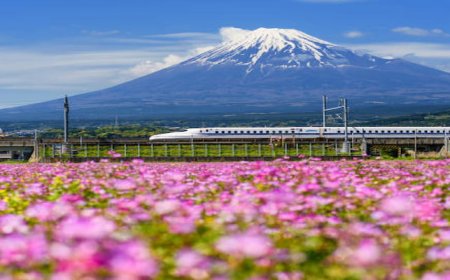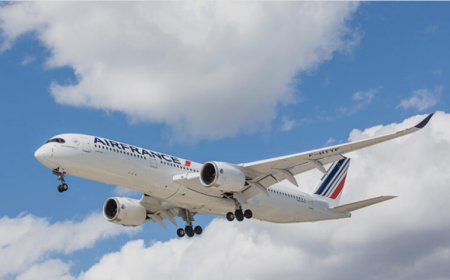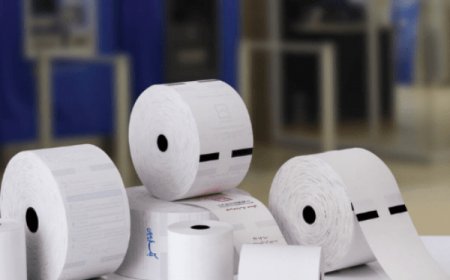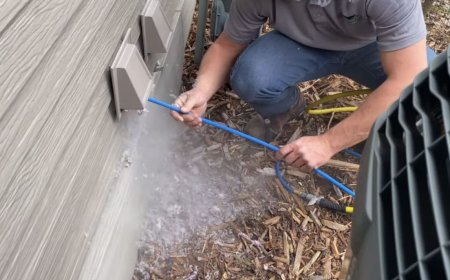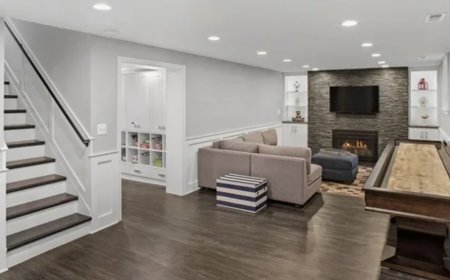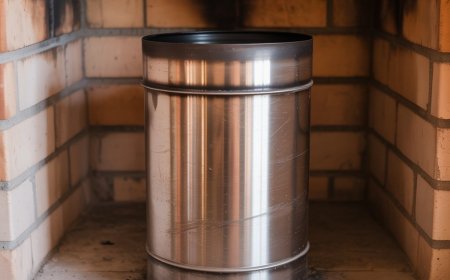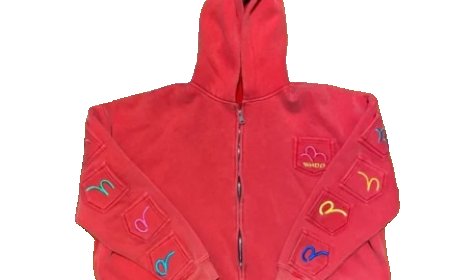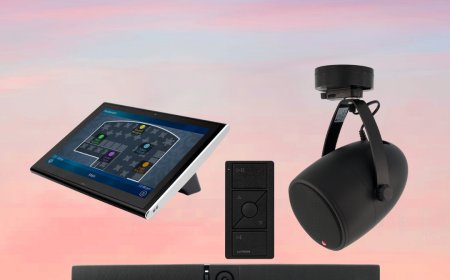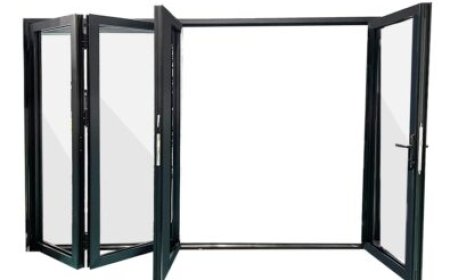How to Install Security Cameras Outside in Harsh Weather Conditions

Installing outdoor security cameras is a smart step toward protecting your home, but harsh weather introduces additional challenges that many homeowners overlook. From heavy rain and snow to extreme heat and dust storms, outdoor environments can easily impact the functionality and lifespan of your cameras. Thats why understanding how to install security cameras outside in harsh weather conditions is critical if you want a reliable surveillance system all year round.
At Cam Security Surveillance llc, we specialize in weather-resistant security solutions designed to keep your property secure regardless of the forecast.
Why Weatherproofing Matters for Outdoor Cameras
Outdoor cameras are exposed to the elements 24/7. Rain, snow, dust, humidity, heat, and even high winds can affect camera performance or lead to total failure. Improper installation can cause water seepage, power issues, lens fogging, and short circuits. When youre investing in home security camera installation, weatherproofing should be at the top of your checklist.
By using weather-rated equipment and installing it correctly, youll avoid frequent repairs and ensure that your security footage is reliable during emergencies.
Choose the Right Weatherproof Camera
The first step in how to install security cameras outside in harsh weather is selecting the right type of camera. Look for cameras with an IP65, IP66, or IP67 rating these numbers indicate the level of protection against dust and water. IP67, for example, offers complete dust protection and can withstand immersion in water for a short time.
If your area experiences snow or freezing temperatures, select a camera with an operating range that can handle sub-zero weather. Similarly, for desert climates, make sure the device can function well in high heat.
Cam Security Surveillance llc offers a variety of outdoor-rated cameras built to withstand all types of extreme weather conditions.
Best Practices for Installation in Harsh Climates
1. Use Protective Housings
Even weather-rated cameras benefit from added protection. Install them under eaves or use third-party camera housings to shield them from direct rain, snow, and sunlight. These housings can also protect your lens from dust, windblown debris, or ice buildup.
2. Angle the Camera Properly
Avoid pointing the camera directly at the sky. Rain and snow can fall onto the lens and blur your footage. Instead, mount the camera slightly downward to allow water to run off. This also reduces lens glare and improves image quality.
3. Elevate Your Camera
Position your camera at least 810 feet above ground level. This reduces the chances of water splashing from the ground or snow accumulation interfering with the device.
Mounting it higher also protects it from tampering something professional security camera installation near me services always recommend.
Keep Power and Cables Safe
Outdoor weather doesnt just affect the camera it can also harm your wiring and power supply. When figuring out how to install security cameras outside, protecting the cables is just as important.
-
Use weatherproof cable covers or conduits to protect exposed wires.
-
Avoid running cables across the ground or near areas where water might pool.
-
Choose PoE (Power over Ethernet) cameras to simplify the wiring process and reduce the number of vulnerable electrical connections.
-
If using wireless cameras, ensure the battery or solar power units are also weather-rated and securely fastened.
Dealing with Condensation and Fog
Lens fogging and condensation can ruin your footage, especially in humid or fluctuating climates. Choose a camera with built-in anti-fog or heater features if you live in cold or damp areas. If thats not available, you can install a small weatherproof enclosure with ventilation holes or use silica gel packs to absorb moisture.
Always wipe the camera lens with a microfiber cloth when cleaning. Avoid using harsh chemicals that may damage the waterproof coating.
Monitor and Maintain Regularly
Outdoor systems require regular maintenance, especially when installed in extreme climates. Check for the following every few weeks:
-
Clear away snow or leaves blocking the camera view.
-
Wipe lenses to remove water spots, dirt, or frost.
-
Check the housing and seals for cracks or leaks.
-
Ensure the power supply is not exposed to moisture or direct sun.
If youre searching for professional security camera installation near me, choose providers who also offer maintenance support like Cam Security Surveillance llc.
Smart Features for All-Weather Cameras
When investing in home security camera installation, look for cameras with smart alerts and remote access. This way, you can receive weather-related performance notifications or check footage in real-time during storms or unusual conditions.
Many smart outdoor cameras now include AI motion detection, human recognition, and night vision all critical when visibility is low due to weather.
You may also read:Do hospital haves security cameras
Conclusion
Learning how to install security cameras outside in harsh weather conditions is not just about using rugged equipment. It requires thoughtful planning, the right installation techniques, and regular upkeep to ensure your system performs when you need it most.
At Cam Security Surveillance llc, we specialize in designing and installing security systems that endure all kinds of weather. Whether you're in a region with scorching summers, icy winters, or frequent rain, we can help you choose and install a system thats built to last.
For those searching for professional security camera installation near me, our technicians offer customized solutions that protect your home year-round. Contact us today to schedule a consultation and make sure your outdoor cameras are weather-ready and reliable no matter what nature throws your way.






